BACK TO RESEARCH WITH IMPACT: FNR HIGHLIGHTS
As the FNR marks 25 years since its creation, we highlight 25 examples of FNR-supported research with impact. Since arriving in Luxembourg in 2014, Jan Lagerwall has led a team studying soft matter – states that defy the classification in solid, liquid or gas – with a particular focus on liquid crystals. From creating colour-changing rubber, to practical applications in finding cracks in structures such as bridges or tunnels, or detecting counterfeits, the impact of this team’s research is manifold, with much more on the horizon.
25 years ago, soft matter was a relatively novel concept in science. Back then, research in liquid crystals was mainly focused on their application in liquid crystal displays – LCDs. Fast-forward to today and the research areas around liquid crystals have diversified dramatically.
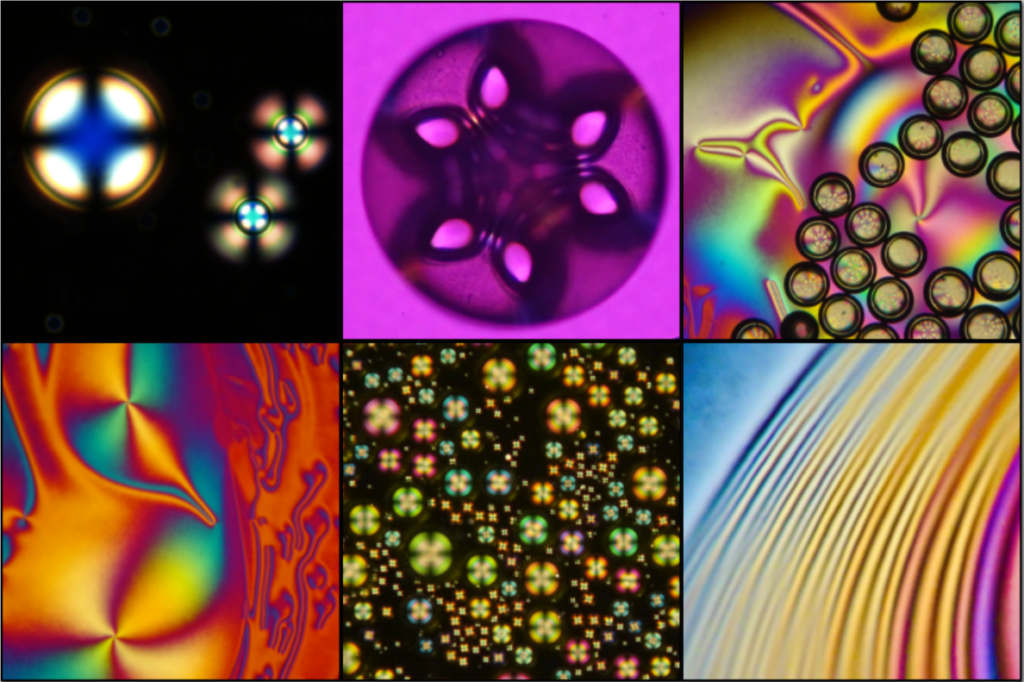
What are liquid crystals?
Liquid crystals are a fascinating and versatile group of states that flow like a liquid, but have order inside, unlike ordinary liquids, which have random disorder. The drawings are highly schematic; ellipses drawn shorter than others tilt into the screen plane.
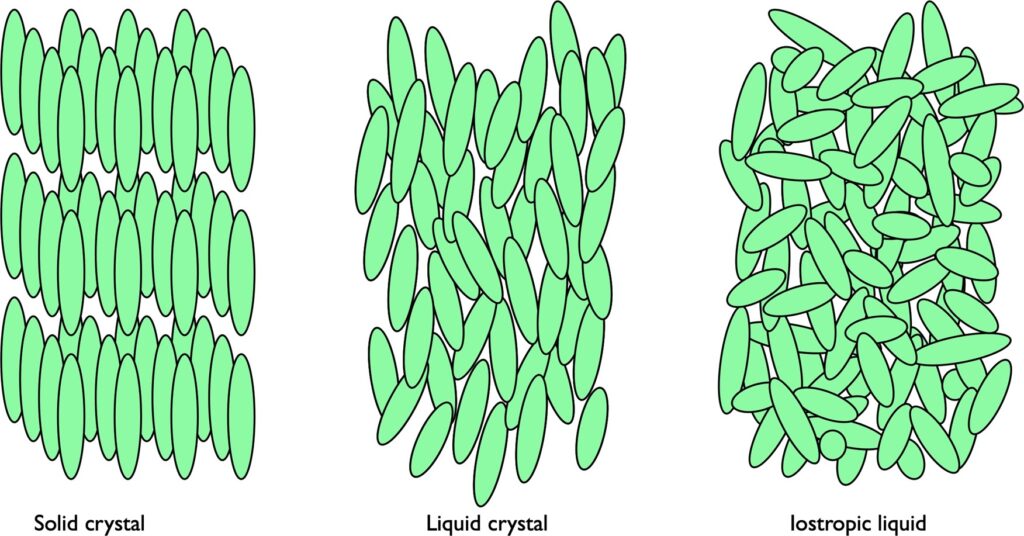
“The impact of liquid crystal order, and breaking of it in topological defects, is now being recognised in biology and in living materials, in the design and production of advanced functional materials like artificial muscles or soft sensors, and entirely new classes of applications are being explored. ”Jan Lagerwall Full Professor in Experimental Soft Matter Physics at the University of Luxembourg.
Research interest in soft matter has flourished
25 years ago, Prof Lagerwall was in the midst of his PhD, and he has since seen first-hand how the field has developed. At the University of Luxembourg, soft matter, and especially liquid crystals, are at the heart of the work of the research group Lagerwall leads.
“My group studies the physics, chemistry and applications of soft matter – states that defy our traditional separation into solid, liquid or gas. This may sound exotic, but it is not, because our bodies are fantastic examples of soft matter, if you think about your skin or your muscles and other internal organs, which can hardly be described as solid, liquid or gas.”
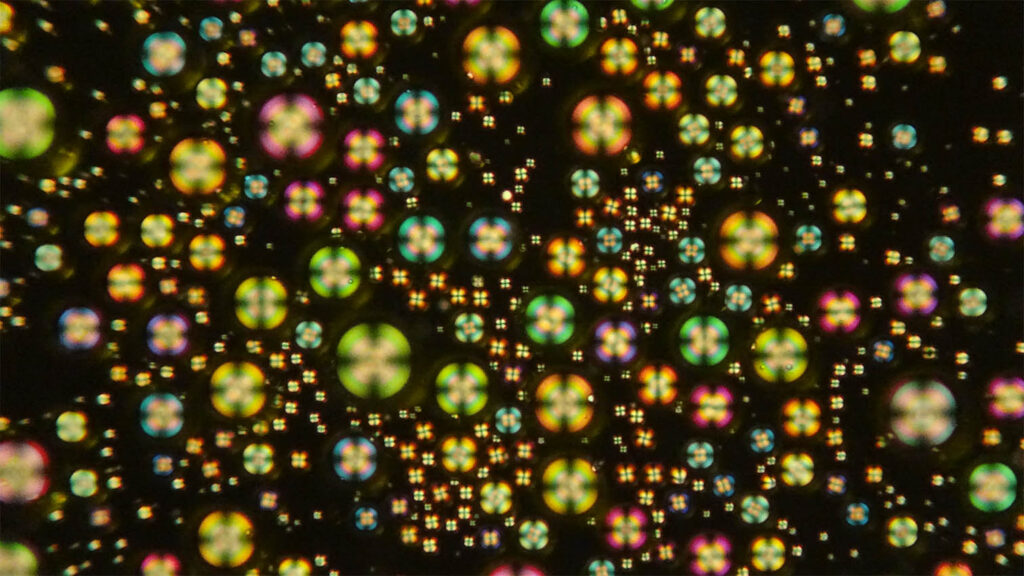
Soft matter is all around us
We rely on soft matter throughout our lives: Prof Lagerwall explains that soft matter is around us, found in rubbery materials, in foods, in cosmetics, in paints, in textiles and much more. These are only a fraction of the areas where soft matter can be put to use.
With his group, together with colleagues from other scientific disciplines, as well as artists and business representatives from various fields, the many projects Lagerwall has led and worked on in the last decade are bearing many fruits: from practical applications to scientific discoveries, Lagerwall emphasises the importance of translating this fundamental research into something that will benefit society and industry.
“For instance, we are now launching a company delivering solutions to fight counterfeiting, and together with collaborators we have well-developed plans to create companies where our materials help to detect and monitor cracks in concrete or steel for structural health monitoring of buildings, enable revolutionary new materials for medical use, or allow us to make solar cells that look appealing to the eye yet have almost as high efficiency as traditional black ones. ”Jan Lagerwall Full Professor in Experimental Soft Matter Physics at the University of Luxembourg.
“One of my specialities over the years has been to study liquid crystals in unusual confinement, in particular cylindrical fibres and spherical shells. We have had quite some success in this and shown several peculiar and useful effects and phenomena, in particular with structurally coloured liquid crystals in these geometries.
“Several groups around the world refer to our work and there are now many applied activities derived from it, including our own efforts in spinning out a company.”
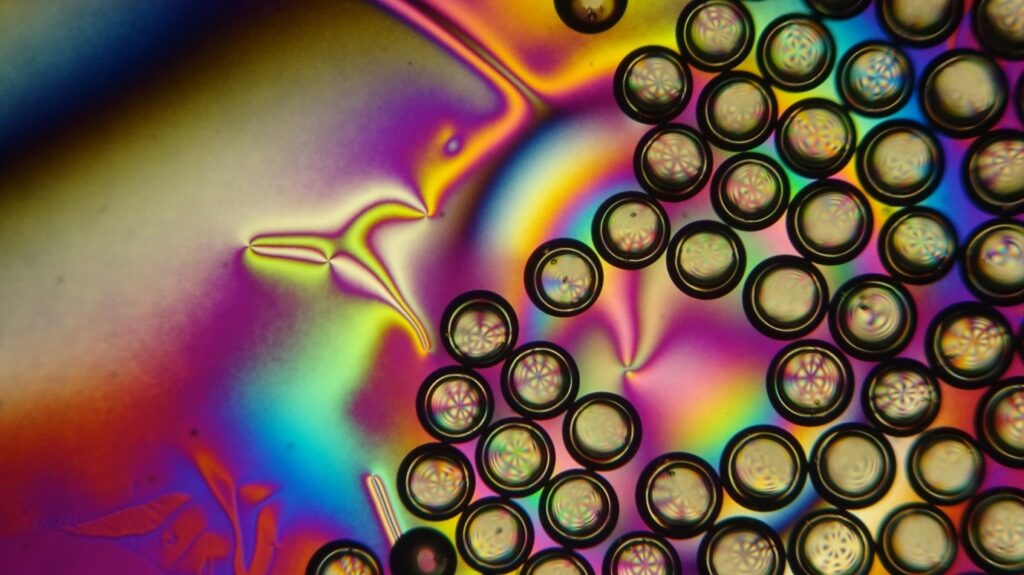
Fighting counterfeiting
Taking into account only detained items, 86 million fake items entered the European Union in 2022 with an estimated value of over 2 BEUR. The European Commission estimated that one out of every 20 products imported into the EU in 2019 was counterfeit or pirated, leading to a value loss of 119 BEUR and the loss of an estimated 670,000 direct jobs, as well as 15 BEUR in lost tax revenue.
“What this means is that it is very likely that each and every one of us encounters counterfeit goods in one context or another, often without even knowing it. The numbers are unfortunately increasing rapidly as we speak, but we truly hope that our efforts to provide a system for confirming authenticity of physical objects can help to break this development, hopefully to stop it entirely at least in some sectors.”
To fight this problem, the team is applying their research on structurally coloured liquid crystal spheres to fight counterfeiting. This works by giving original products an artificial fingerprint, which is both unique and impossible to clone, Lagerwall explains.
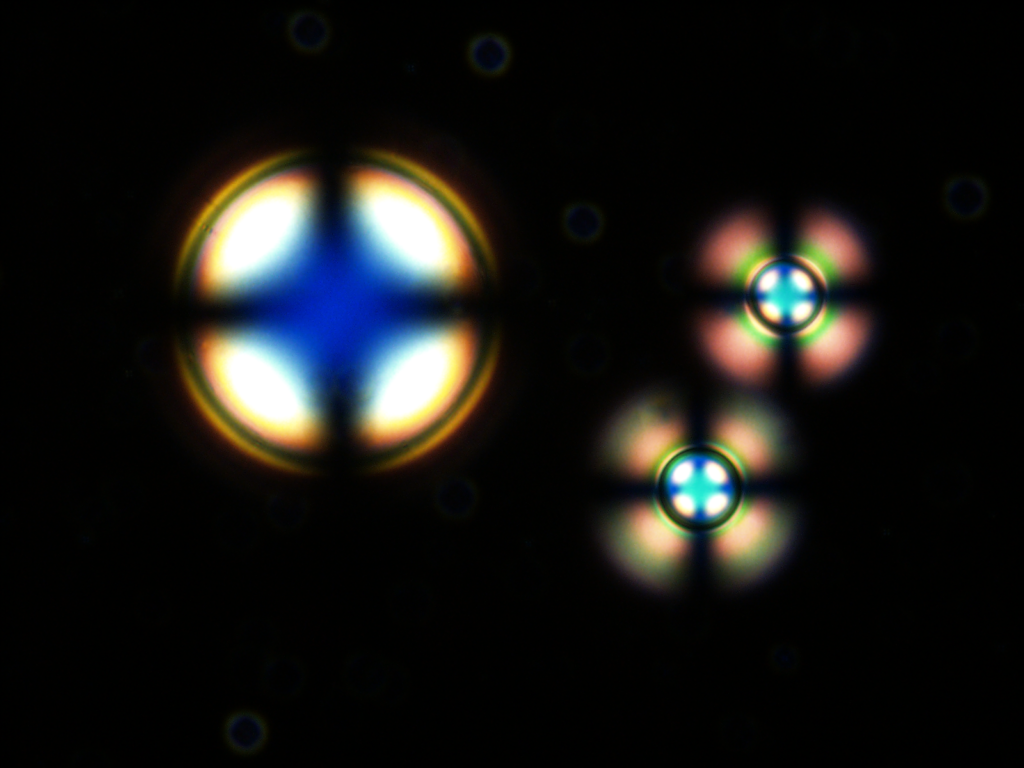
Detecting and monitoring cracks in structures that affect everyone
The team has also been successful in developing materials that can both detect and monitor cracks – structural deficiencies – in bridges, tunnels, houses and other built environment.
“This affects us all. Not only would catastrophic failures like bridge or roof collapses be avoided, but the disruption to the general citizen and the costs for repair will both be greatly reduced if problems are detected early, which is one of the key benefits of our solution. We have been discussing this with the Administration des ponts et chaussées in Luxembourg, confirming a great interest. ”Jan Lagerwall Full Professor in Experimental Soft Matter Physics at the University of Luxembourg.
“One of the most impactful recent accomplishments of ours was the development of a very simple method for making liquid crystal rubbers that display colour derived from their internal periodic structure, in the form of sheets as well as fibres.”
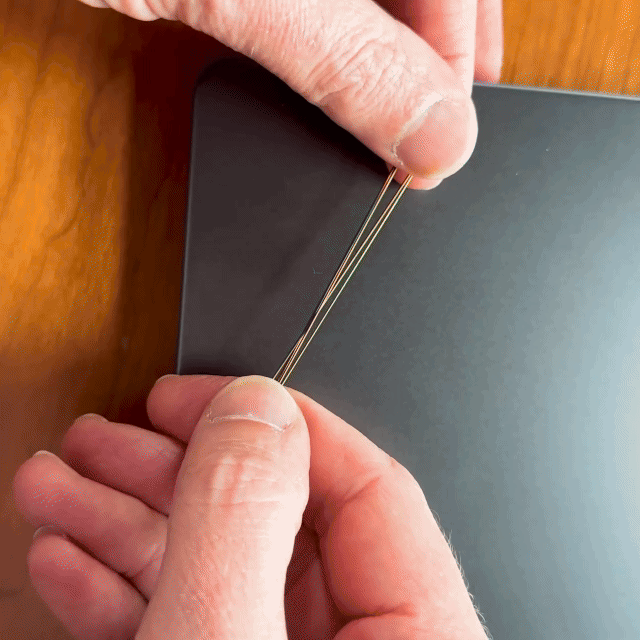
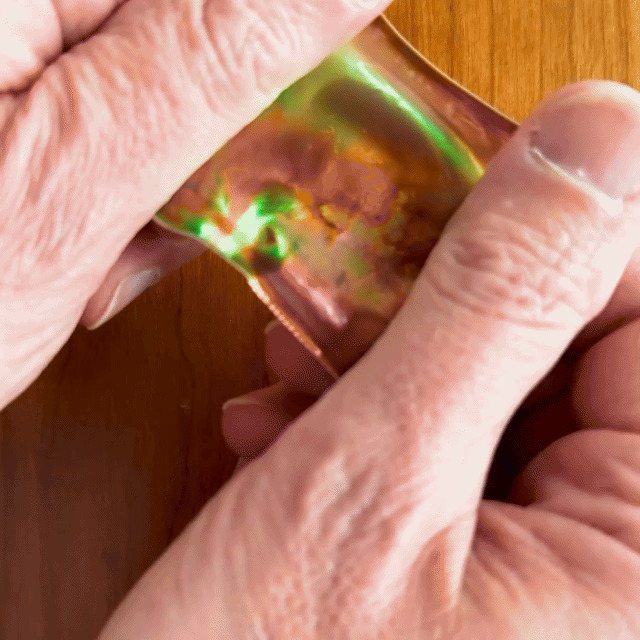
This is made possible because the structural periodicity changes continuously as the rubber is stretched, causing a change in colour. At first it is red, then the more it is stretched it becomes orange, yellow, green, blue and finally violet.
“Many groups around the world are now using our approach to make such rubbers.”
The promising applications of cellulose nanocrystals, derived from plants
Cellulose nanocrystals (CNCs) are fast gaining popularity, because on the one hand, they are derived sustainably and in large quantities from plants and other biomaterials, and on the other hand they have very attractive properties.
“This field was pioneered by chemists and engineers, while the physics perspective was largely lacking. When I entered the field, a few years before coming to Luxembourg, I was one of the first to show how physics is critical to understand all the observed behaviour, and I could explain many aspects that were previously not understood.“
“Since coming to Luxembourg, my team demonstrated how you can use the phase separation between isotropic and liquid crystalline phases to effectively “clean up” CNCs, separating the naturally random mixture into sections with long and short CNCs, respectively. In scientific jargon, we are “fractionating” the sample.”This research has become a great source of knowledge for the scientific community, part of the most cited work of the group.
“My very first FNR-funded project, MISONANCE, a collaboration with theoretical physicist Tanja Schilling, was fundamental to much of our success in the CNC field. It was in this project that we developed our schemes for fractionating natural CNC suspensions into fractions highly enriched in long and short rods, respectively. This was extremely important not just for the methods development, but also because the access to the fractionated materials allowed us to do quantitative experiments on equilibrium systems that were simply not possible before. ”Jan Lagerwall Full Professor in Experimental Soft Matter Physics at the University of Luxembourg.
Lagerwall explains that thanks to the fractionated samples, the scientists were able to find relationships between nanoscopic features and macroscopic behaviour that were previously unknown and which are very valuable in guiding the work towards applying CNCs.
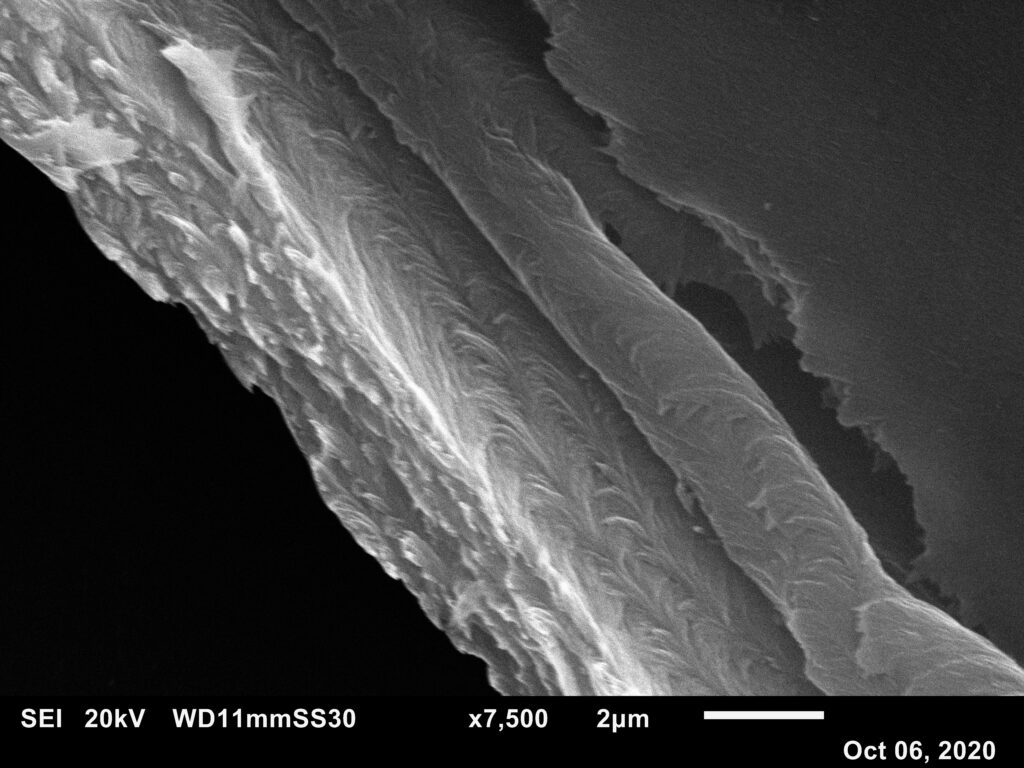
Physics meets computer science, chemistry and biotech to deploy liquid crystals in anything from security to disease testing
Three of the team’s projects revolve around spherical shells and droplets of structurally coloured liquid crystals – these are tremendously pleasing to the eye as can be seen below.
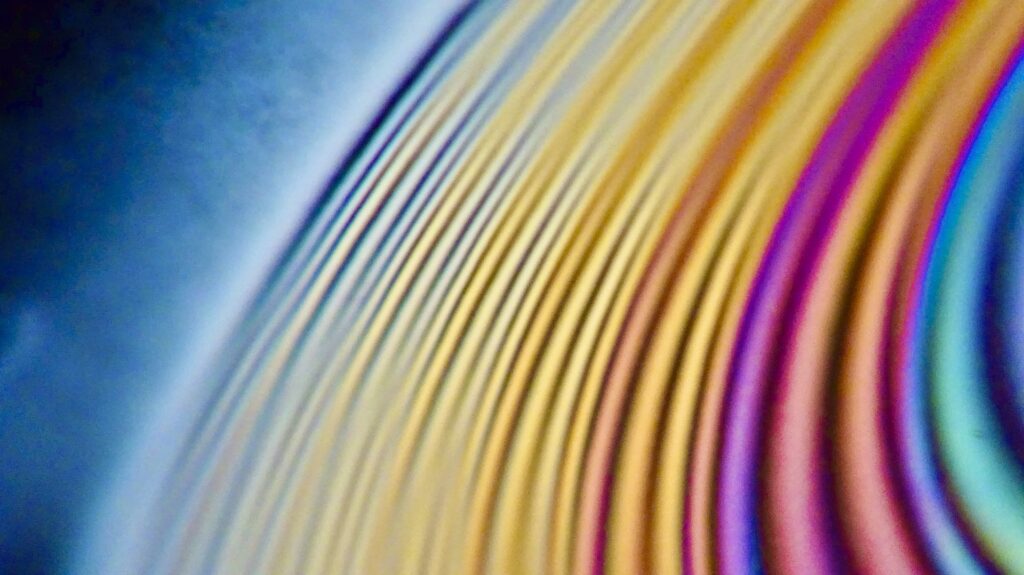
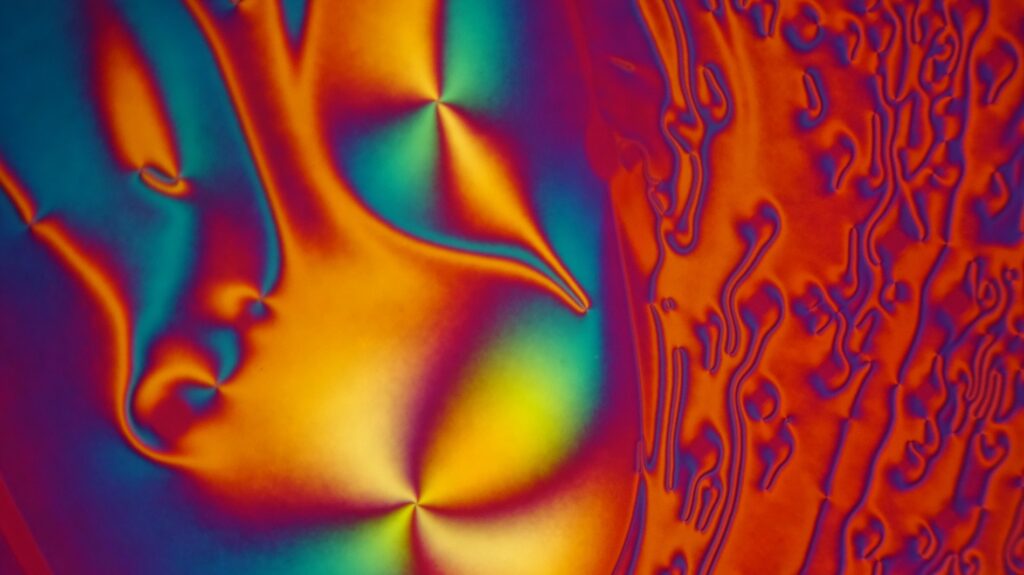
Other than spherical shells, the projects have in common that they are interdisciplinary collaborations, with a computer scientist (Gabriele Lenzini, project Security in the Shell, or SSh), a theoretical physicist (Gerd Schröder-Turk, project ECLIPSE) and biotechnology researchers (Sivashankar Krishnamoorthy and Carole Linster, project BIOFLICS), respectively.
Across the projects, the spherical shells and structurally coloured liquid crystals are being explored in applications ranging from secure authentication (SSh) to human-invisible information infrastructure for robots and Augmented Reality (AR), as well as in disease testing, in parallel with fundamental physics and chemistry.
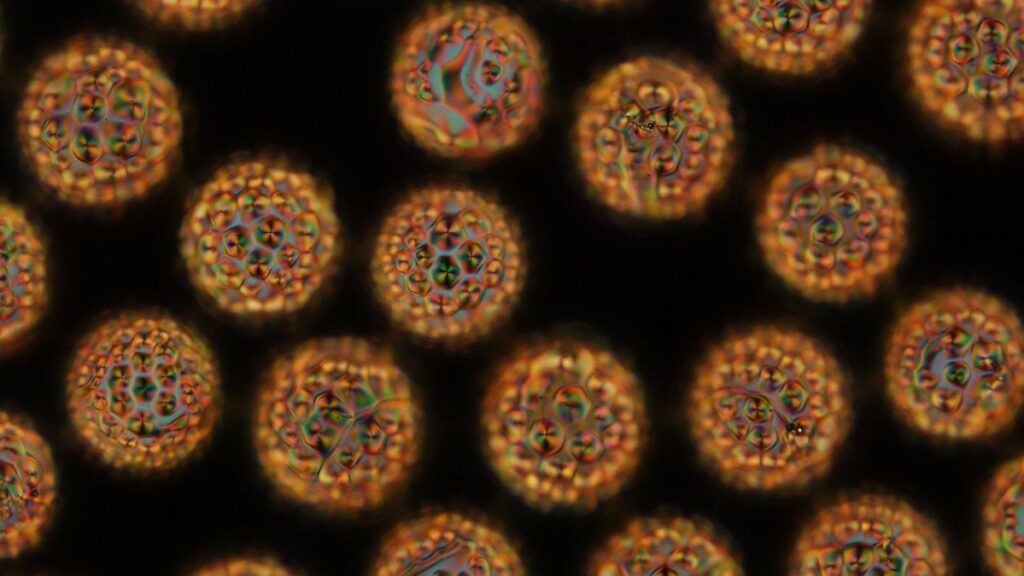
“The application opportunities provide a big picture motivation for the projects, targeting great benefits to society and industry. While the fundamental challenges are stimulating to scientists, these projects could lead to entirely unexpected discoveries and an improved understanding of the core phenomena. ”Jan Lagerwall Full Professor in Experimental Soft Matter Physics at the University of Luxembourg.
As an example of a completely unexpected but high-impact discovery, Lagerwall highlights a publication from PhD candidate Ms. Xu Ma from the project ECLIPSE, where a previously unknown feedback loop was found to exist between the ordering in liquid crystals and the desire of large polymers dissolved in water to be disordered. The latter are used to stabilise liquid crystal–water interfaces in emulsions, so this phenomenon has important practical consequences.
“This discovery was truly fascinating, and it has changed our way of understanding the boundary conditions of liquid crystals. At the same time, it led us to explore a new type of liquid crystal-derived shell that is extremely interesting for the applications in anti-counterfeiting and in the robot/AR information infrastructure.”
In the making: Detecting disease with a face mask
The BIOFLICS project is still underway and aims to improve methods for doing rapid antigen tests: sampling would be done simply by wearing a face mask for a certain time. The goal is that a single test would screen for multiple diseases or multiple strains of a disease, with a sensitivity that can be dramatically increased, because information is better separated from noise than with currently available tests.
“Our new method of sampling could provide a more reliable while also more pleasant way of sampling, and our new method of reading the test response may be ideal for detecting also the new strains of Covid, as well as many other respiratory diseases that are plaguing all of us.”
Looking ahead: Future areas to tackle with soft matter
Scientists recently discovered a previously unknown liquid crystal phase that combines ferroelectric polarization with the high mobility and fluidity of nematic liquid crystals. In an upcoming project, Lagerwall and his team will delve into studying this phase.
“The exploration of this phase is uncharted territory, and the international community is now buzzing with activity around this. Our group will put Luxembourg on this map through a project we are starting this year. We will learn how ferroelectric nematic liquid crystals behave in the unconventional configurations we are working with, in particular spherical shells.”
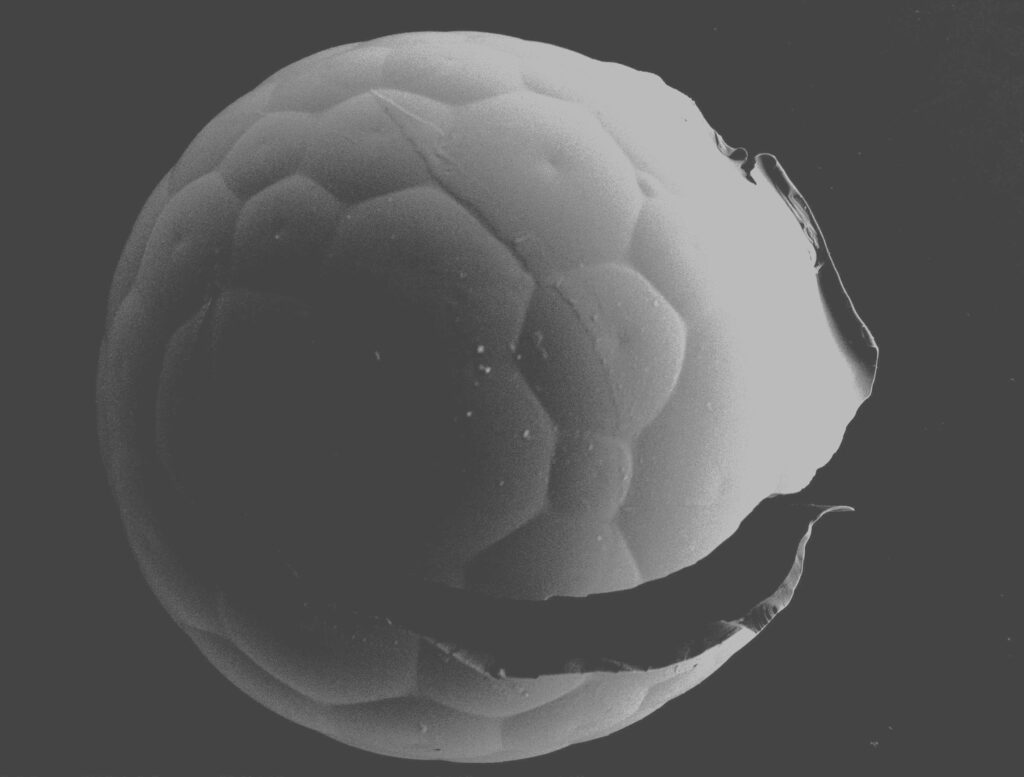
How the field of soft matter and liquid crystals will evolve
Lagerwall states that the current direction in exploring liquid crystalline ordering and other soft matter physics in biological contexts, as well as in novel advanced materials will continue and grow.
“In the latter context, I believe there is particularly strong potential for adaptive, or even learning, materials, where physical components or the materials they are made of change their shape, mechanical, optical, electrical or other properties in response to stimuli that can be seen as “training”. While such developments are still at a very early stage, we can certainly expect some truly fascinating science developing around this concept, and eventually an entirely new class of materials may be on the market, that adapts to the needs of users. I am confident that we will soon see the unique features of various types of soft matter being applied in ways we may not even be able to imagine today. I find this development immensely stimulating and I am very excited to be part of it, at the fundamental and at the applied levels. ”Jan Lagerwall Full Professor in Experimental Soft Matter Physics at the University of Luxembourg.
Jan Lagerwall on the difference the FNR has made to his research
“FNR has made so much possible through the funding I was awarded, and through its variety of programs it has also stimulated to different types of collaborations, not least with applied focus. The simplified reporting has been a blessing as it allows us to focus more on the research than on project management, and it also makes perfect sense since truly groundbreaking research cannot be planned in a fully predictive way. I also very much like the switch to narrative CV, which encourages us to focus on actual value that we created rather than on metrics, which are getting increasingly meaningless as they are now gamed in rather extreme ways.”
On mentorship and training the next generation of researchers & industry leaders
The FNR projects Lagerwall has been involved in have supported six PhD researchers, as well as six Postdocs.
“The long-term career trajectories vary quite a lot because I never try to influence my team members to go in one direction or another, but I rather try to adapt my mentoring to the plans and wishes of the young co-worker. Nevertheless four Ph.D. candidates who graduated from Lagerwall’s group at the University of Luxembourg all went on to do post-docs, but then one went into the manufacturing industry in her home country, one became group leader at a Max Planck Institute, one is coming back to Luxembourg as a Marie Sklodowska-Curie fellow and one ended up as editor at Nature Communications.”
”I believe all my young team members had their fascination for scientific research confirmed and strengthened during their time on these projects, but many also realized that the non-lab aspects of research, like grant proposal writing, project management and reporting, administration etc., is not something they wish to deal with, and therefore most of them gradually moved away from academia.”
”For me as a researcher the experience of working with these young scientists has been highly enriching and, of course, great fun. I have realised that there is a certain conflict between the tendency to focus deeply on a particular research project and the challenges in it, on the one hand, and the needs to see the big picture and acquire a broad set of skills and expertise as is needed for future employments. This conflict is not so easy to manage, neither for me as the mentor/advisor nor for the young researcher. Among post-docs, I see that there are many researchers who would love to continue working in a lab, but they are not ready to take the step to become a principal investigator, and therefore they may feel a bit lost, since permanent intermediate positions are getting increasingly scarce in many countries.
”I believe mentoring from others than the actual supervisor is very beneficial, also from people in industry. I am now active as a mentor for post-docs and PhD students in other research areas at the UL myself, and I encourage my team members to go for internships and to become a mentee of researchers outside my group’s field if the opportunity arises.”
Jan Lagerwall’s FNR-funded projects (Principal Investigator projects only)
Call year
Funding instrument
Project title
2014
CORE
Materials Innovation with Self-Ordered NanoCellulose: from fundamental physics of self-assembly to realization of commercially appealing functional films
2017
CORE
Security in the Shell
2020
CORE
Eye-undetectable Cholesteric LIquid crystal spheres realized by Phase Separation and Electrospray
2021
CORE
BIO-sensing the Frugal way with LIquid Crystal Spheres
2023
CORE (INTER-WEAVE)
Shaping domain wall and defect configurations of ferroelectric nematic liquid crystals
Related highlights
25 examples of research with impact: The endless potential of plasma
As the FNR marks 25 years since its creation, we highlight 25 examples of FNR-supported research with impact. Over the…
Read more
25 examples of research with impact: A better understanding of rivers and their watersheds
As the FNR marks 25 years since its creation, we highlight 25 examples of FNR-supported research with impact. Starting with…
Read more
25 examples of research with impact: Unravelling the secrets of microbiomes
As the FNR marks 25 years since its creation, we highlight 25 examples of FNR-supported research with impact. Since returning…
Read more
25 examples of research with impact: A geographical approach to a sustainable society
As the FNR marks 25 years since its creation, we highlight 25 examples of FNR-supported research with impact. One of…
Read more
25 examples of research with impact: Towards historical literacy
As the FNR marks 25 years since its creation, we highlight 25 examples of FNR-supported research with impact. Over the…
Read more
25 examples of research with impact: Securing online services
As the FNR marks 25 years since its creation, we highlight 25 examples of FNR-supported research with impact. In the…
Read more